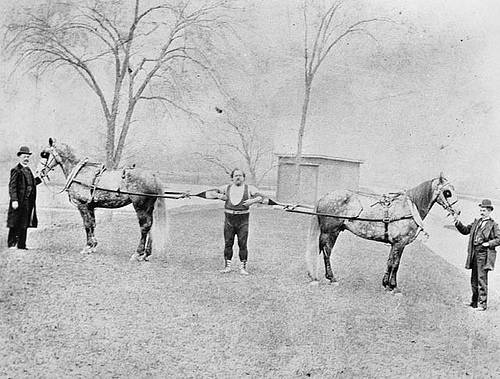Connecticut dentist Solyman Brown was pretty passionate about his calling — in 1833 he published “Dentologia, a Poem on the Diseases of the Teeth”:
… her lips disclosed to view,
Those ruined arches, veiled in ebon hue,
Where love had thought to feast the ravished sight
On orient gems reflecting snowy light,
Hope, disappointed, silently retired,
Disgust triumphant came, and love expired! …
Whene’er along the ivory disks, are seen,
The filthy footsteps of the dark gangrene;
When caries come, with stealthy pace to throw
Corrosive ink spots on those banks of snow–
Brook no delay, ye trembling, suffering fair,
But fly for refuge to the dentist’s care.
An appendix listed 300 qualified dental practitioners. Portions of the five-canto poem were published in the American Journal of Dental Science, and one reviewer praised “a mind highly cultivated and richly imbued with poetic fancy.” Brown, who co-founded the American Society of Dental Surgeons in 1840, even found time to write a sequel, “Dental Hygeia — A Poem.”




